 Please visit our website, www.garethstevens.com. For a free color catalog of all our high-quality books, call toll free 1-800-542-2595 or fax 1-877-542-2596. Cataloging-in-Publication Data Names: Dickmann, Nancy. Title: Computer programs and coding / Nancy Dickmann. Description: New York: Gareth Stevens Publishing, 2020. | Series: Computing for kids | Includes glossary and index.
Please visit our website, www.garethstevens.com. For a free color catalog of all our high-quality books, call toll free 1-800-542-2595 or fax 1-877-542-2596. Cataloging-in-Publication Data Names: Dickmann, Nancy. Title: Computer programs and coding / Nancy Dickmann. Description: New York: Gareth Stevens Publishing, 2020. | Series: Computing for kids | Includes glossary and index.
Identifiers: ISBN 9781538252550 (pbk.) | ISBN 9781538252567 (library bound) Subjects: LCSH: Computer programming--Juvenile literature. Classification: LCC QA76.52 D49 2020 | DDC 005.1--dc23 Published in 2020 by Gareth Stevens Publishing 111 East 14th Street, Suite 349 New York, NY 10003 2020 BROWN BEAR BOOKS LTD For Brown Bear Books Ltd: Text and Editor: Nancy Dickmann Childrens Publisher: Anne ODaly Design Manager: Keith Davis Designer and illustrator: Supriya Sahai Picture Manager: Sophie Mortimer Concept development: Square and Circus All rights reserved. No part of this book may be reproduced in any form without permission from the publisher, except by a reviewer. Printed in the United States of America CPSIA compliance information: Batch #CS20GS: For further information contact Gareth Stevens, New York, New York at 1-800-542-2595. Picture credits: Front Cover: Shutterstock; Interior: iStock: Daisy-Daisy . Words in the glossary appear in bold type the first time they are used in the text.
CONTENTS INSTRUCTIONS NEEDED!  Clicking with a mouse is one way to give a computer instructions. How do you get a computer to do what you want it to? Computers can do a lot of things. They can add numbers, play videos, and send messages. But they cant think for themselves. If you want a computer to do a job, you must give it clear instructions. Make it clear A computer works in a logical way.
Clicking with a mouse is one way to give a computer instructions. How do you get a computer to do what you want it to? Computers can do a lot of things. They can add numbers, play videos, and send messages. But they cant think for themselves. If you want a computer to do a job, you must give it clear instructions. Make it clear A computer works in a logical way.
It processes one by one. This means the commands have to follow a pattern. If a step is left out, or put in the wrong order, the computer cant guess what it is supposed to do. Some homes have a digital assistant, which can hear and respond to your spoken instructions.  When you ask a digital assistant to play music or look up a fact, you are giving it instructions. ALGORITHMS AND PROGRAMS
When you ask a digital assistant to play music or look up a fact, you are giving it instructions. ALGORITHMS AND PROGRAMS  The steps in a dance routine are in order, like an algorithm.
The steps in a dance routine are in order, like an algorithm.
To perform a task, a computer will use something called an . That name might sound pretty complicated! But an algorithm is simply a list of rules to follow in order to do a job. A recipe for a cake is a sort of algorithm. So is a set of instructions for building a toy or model.  Computer algorithms help scientists track and forecast weather. use complicated algorithms to choose the best matches for your web search. use complicated algorithms to choose the best matches for your web search.
Computer algorithms help scientists track and forecast weather. use complicated algorithms to choose the best matches for your web search. use complicated algorithms to choose the best matches for your web search.
THE FIRST PROGRAMS  Looms with punched cards made it quick and easy to create beautiful fabric. It took a while for people to figure out how to make computer programs. In the 1800s, an inventor was able to program a for weaving cloth. He fed the machine cards with holes punched in them. The machine read the cards to create fabric with complicated patterns. Punch cards In the 1950s, early computers used .
Looms with punched cards made it quick and easy to create beautiful fabric. It took a while for people to figure out how to make computer programs. In the 1800s, an inventor was able to program a for weaving cloth. He fed the machine cards with holes punched in them. The machine read the cards to create fabric with complicated patterns. Punch cards In the 1950s, early computers used .
At the time, punch cards were the only way of storing computer files and programs. A computer program could take up a whole stack of punch cards. The punch cards in a computer program had to be kept in the right order.  Special machines were used to make computer punch cards. TYPES OF PROGRAMS
Special machines were used to make computer punch cards. TYPES OF PROGRAMS 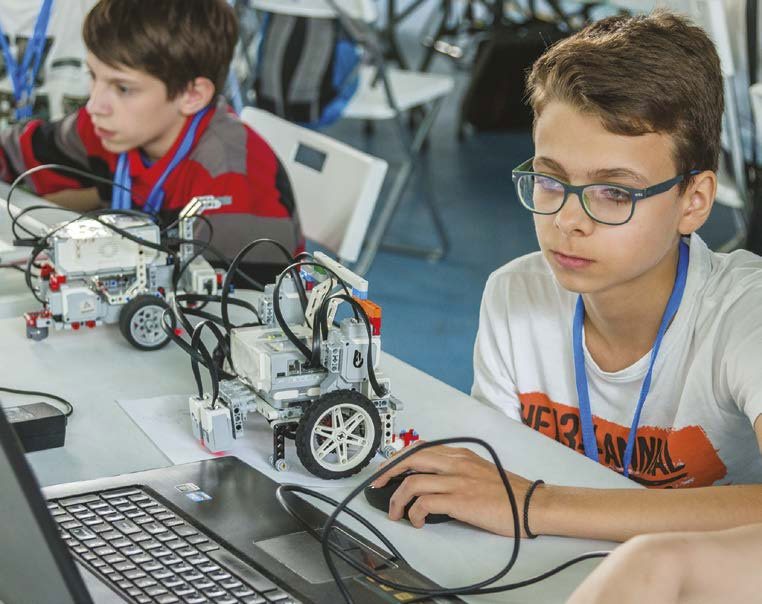 Computer programs control the way that a robot moves. For every job that a computer needs to do, there is a program to tell it how to do it.
Computer programs control the way that a robot moves. For every job that a computer needs to do, there is a program to tell it how to do it.
Some programs are part of the computers basic system. They control how the different parts of the computer work together. Other programs can be installed (put on) later. They each do a specific job, like editing music files or organizing numbers. Statements All types of computer programs use statements. A statement is a command, such as print or .
A computer program puts several statements together to form an instruction. The computer performs each command. A computer starts with the first statement in a program and then does the rest in order.  A computer program is a bit like a book. If you read it in the wrong order, it wont make any sense. WHAT ARE APPS?
A computer program is a bit like a book. If you read it in the wrong order, it wont make any sense. WHAT ARE APPS?  Animation applications help filmmakers create exciting scenes.
Animation applications help filmmakers create exciting scenes.
When you think of a computer program, you are probably thinking of an . , calendars, and editing programs are all applications. People use them every day for work or for entertainment. Each application on a computer does a different job.  A mapping app uses your phones location system to show you where you are. Mini computers Smartphones and tablets are small computers.
A mapping app uses your phones location system to show you where you are. Mini computers Smartphones and tablets are small computers.
They run applications, too. People usually call these apps. When you want to run one, you tap its on the homescreen. You can use apps to shop, look up train times, play games, or edit photos. Apps can make use of a phones built-in features, such as the camera. THE OPERATING SYSTEM 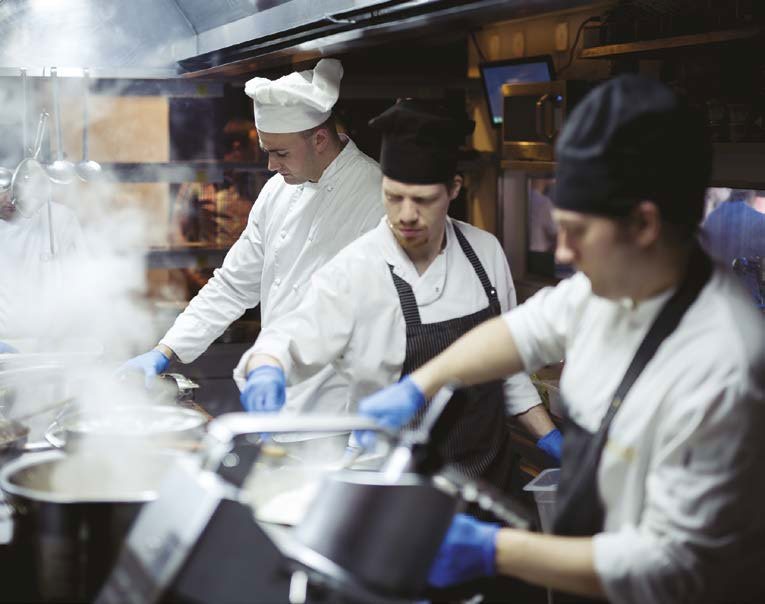 The head chef in a restaurant manages the cooks in the same way that an operating system manages applications.
The head chef in a restaurant manages the cooks in the same way that an operating system manages applications.
The most important program on any computer is the operating system. The manages the different applications. It starts them running. It controls how they interact with other parts of the computer, such as the keyboard or mouse. User interface You interact with your computer through something called the user interface. This is the arrangement of icons, windows, and menus that you see on the screen.
The user interface lets you store and access files. It is part of the operating system. The operating system controls accounts and passwords, to keep your data safe.  A user interface makes it easy to keep files and applications organized. WHAT IS CODING?
A user interface makes it easy to keep files and applications organized. WHAT IS CODING? 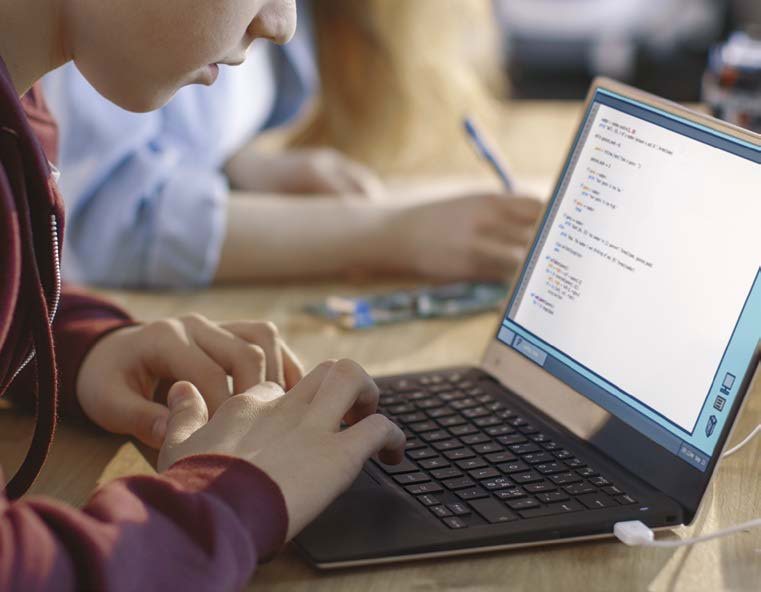
Next page
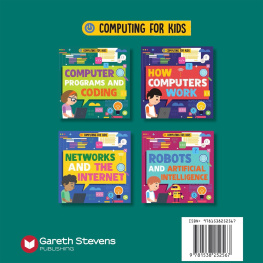
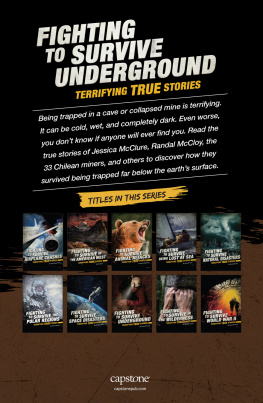


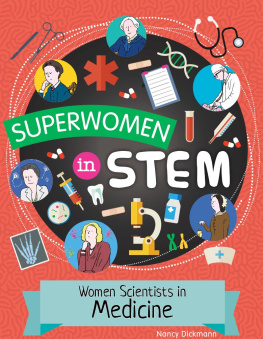
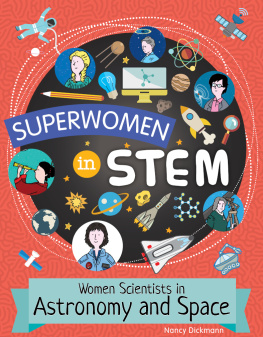
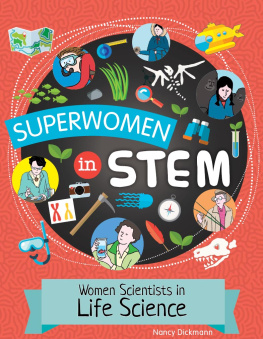

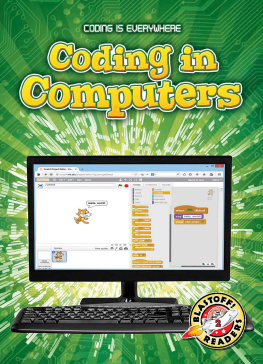

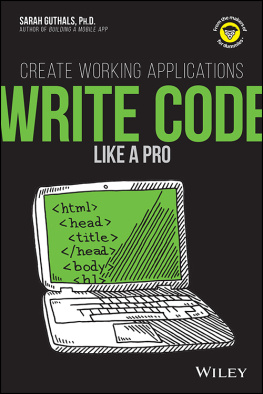
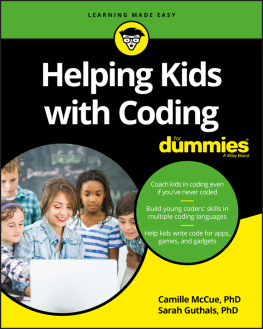
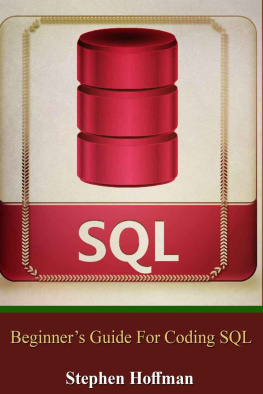
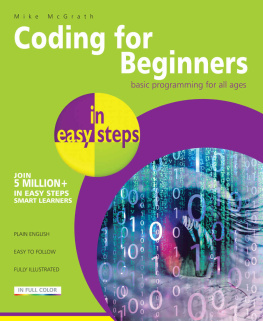
 Please visit our website, www.garethstevens.com. For a free color catalog of all our high-quality books, call toll free 1-800-542-2595 or fax 1-877-542-2596. Cataloging-in-Publication Data Names: Dickmann, Nancy. Title: Computer programs and coding / Nancy Dickmann. Description: New York: Gareth Stevens Publishing, 2020. | Series: Computing for kids | Includes glossary and index.
Please visit our website, www.garethstevens.com. For a free color catalog of all our high-quality books, call toll free 1-800-542-2595 or fax 1-877-542-2596. Cataloging-in-Publication Data Names: Dickmann, Nancy. Title: Computer programs and coding / Nancy Dickmann. Description: New York: Gareth Stevens Publishing, 2020. | Series: Computing for kids | Includes glossary and index. Clicking with a mouse is one way to give a computer instructions. How do you get a computer to do what you want it to? Computers can do a lot of things. They can add numbers, play videos, and send messages. But they cant think for themselves. If you want a computer to do a job, you must give it clear instructions. Make it clear A computer works in a logical way.
Clicking with a mouse is one way to give a computer instructions. How do you get a computer to do what you want it to? Computers can do a lot of things. They can add numbers, play videos, and send messages. But they cant think for themselves. If you want a computer to do a job, you must give it clear instructions. Make it clear A computer works in a logical way. When you ask a digital assistant to play music or look up a fact, you are giving it instructions. ALGORITHMS AND PROGRAMS
When you ask a digital assistant to play music or look up a fact, you are giving it instructions. ALGORITHMS AND PROGRAMS  The steps in a dance routine are in order, like an algorithm.
The steps in a dance routine are in order, like an algorithm. Computer algorithms help scientists track and forecast weather. use complicated algorithms to choose the best matches for your web search. use complicated algorithms to choose the best matches for your web search.
Computer algorithms help scientists track and forecast weather. use complicated algorithms to choose the best matches for your web search. use complicated algorithms to choose the best matches for your web search. Looms with punched cards made it quick and easy to create beautiful fabric. It took a while for people to figure out how to make computer programs. In the 1800s, an inventor was able to program a for weaving cloth. He fed the machine cards with holes punched in them. The machine read the cards to create fabric with complicated patterns. Punch cards In the 1950s, early computers used .
Looms with punched cards made it quick and easy to create beautiful fabric. It took a while for people to figure out how to make computer programs. In the 1800s, an inventor was able to program a for weaving cloth. He fed the machine cards with holes punched in them. The machine read the cards to create fabric with complicated patterns. Punch cards In the 1950s, early computers used . Special machines were used to make computer punch cards. TYPES OF PROGRAMS
Special machines were used to make computer punch cards. TYPES OF PROGRAMS  Computer programs control the way that a robot moves. For every job that a computer needs to do, there is a program to tell it how to do it.
Computer programs control the way that a robot moves. For every job that a computer needs to do, there is a program to tell it how to do it. A computer program is a bit like a book. If you read it in the wrong order, it wont make any sense. WHAT ARE APPS?
A computer program is a bit like a book. If you read it in the wrong order, it wont make any sense. WHAT ARE APPS?  Animation applications help filmmakers create exciting scenes.
Animation applications help filmmakers create exciting scenes. A mapping app uses your phones location system to show you where you are. Mini computers Smartphones and tablets are small computers.
A mapping app uses your phones location system to show you where you are. Mini computers Smartphones and tablets are small computers. The head chef in a restaurant manages the cooks in the same way that an operating system manages applications.
The head chef in a restaurant manages the cooks in the same way that an operating system manages applications. A user interface makes it easy to keep files and applications organized. WHAT IS CODING?
A user interface makes it easy to keep files and applications organized. WHAT IS CODING? 